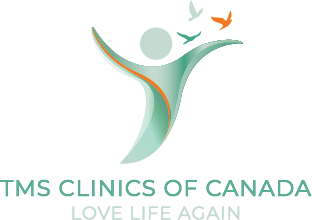Post-Traumatic Stress Disorder
Surviving Trauma
For some people, life appears to be relatively simple and carefree. Unfortunately, that isn’t always the case for everyone. Some people find themselves either experiencing or witnessing terrifying traumatic events. Those who experience such events may find it difficult to cope or readjust for a time, but most people will recover with enough time and self-care. However, some may find themselves dealing with the effects on a more long-term basis. Sometimes, that has an especially disruptive impact on day-to-day life. When this happens, that person may be suffering from post-traumatic stress disorder (PTSD).
Causes of PTSD
There is no one cause of PTSD. There’s also no guarantee that you’ll develop it. People have different levels of resilience and external factors that lower the risk of developing it. Still, there are some situations that, in combination with a variety of risk factors, are common causes. Seeing or experiencing things like serious injury, sexual violation, the threat of death, or actual death are examples of such situations. Exposure to combat, sexual violence, physical assault, physical abuse in childhood, being threatened with a weapon, accidents, natural disasters, kidnapping, or even life-threatening medical diagnoses are events that commonly trigger PTSD. Family history of mental illness, temperament, how your body handles stress, the amount and severity of the trauma, the age at which the trauma was experienced, the lack or presence of a support system, and the use or abuse of drugs or alcohol can all impact someone’s risk of developing PTSD.
Symptoms of PTSD
Part of what makes PTSD tricky is that symptoms can onset within a month, but sometimes don’t show up until years later. While symptoms of PTSD vary from person to person, they can generally be categorized into four groups. Types of symptoms include intrusive memories, changes in a person’s physical or emotional reactions, avoidance, and negative changes in one’s thinking or mood. These symptoms can impact virtually every part of life, from personal relationships to work. The intensity with which someone experiences symptoms of PTSD can vary over time. It’s important to get treatment as soon as possible to prevent symptoms from getting worse, especially if you experience symptoms for over a month or if you feel like your symptoms are making it difficult to get your life back on track.
Common Treatments
Not everyone who develops PTSD needs to be treated, but for those who do, there are options out there. Different types of cognitive behavioral therapy, including cognitive processing therapy, prolonged exposure therapy, and stress inoculation therapy can be very effective. Medication is also fairly commonly used to treat PTSD, and may help patients respond better to cognitive behavioral therapies.
PTSD and TMS
Transcranial magnetic stimulation (TMS) therapy is a relatively new treatment option for PTSD that shows promise. This therapy uses magnetic fields to stimulate the brain to treat a variety of mental illnesses, and may be helpful in treating PTSD. It is a non-invasive option that doesn’t require the use of medicine.
Experiencing a traumatic event can be troubling enough on its own. Having to live a life suffering from the impacts of that traumatic event for months or years afterward is something no one should have to deal with. If you’re struggling with PTSD, come talk to the mental health specialists at TMS of Canada to see how we can help you get your life back on track.
Even a tiny flame is noticeable in vast darkness.
We will help you find your candle and ignite it.
